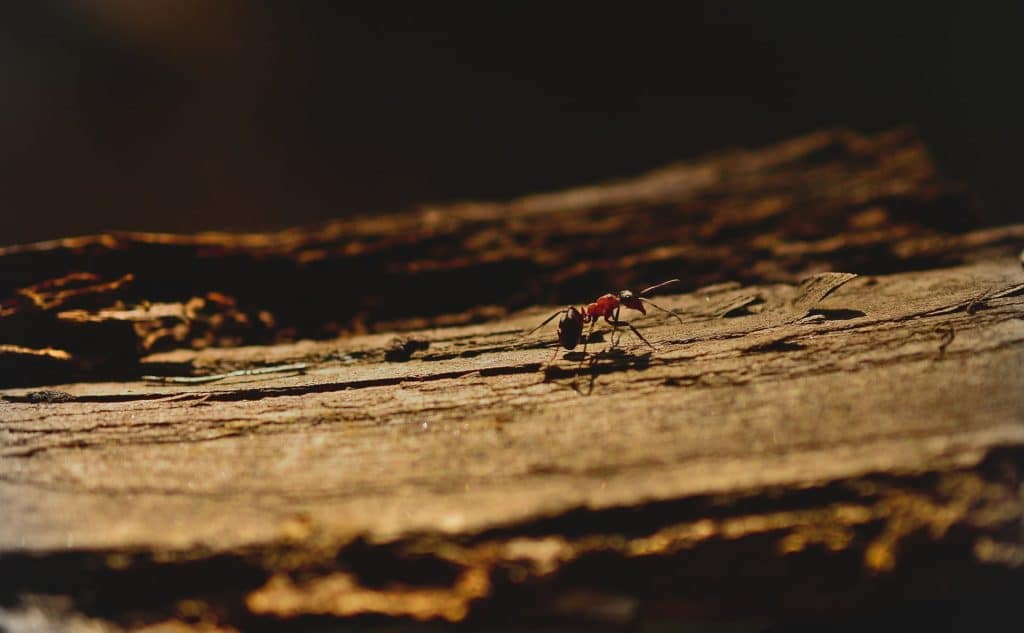Most ant colonies can be found outside, in the wood or in the soil, and they’ll enter your home in search for food.
They’ll leave their nest, search for food, and once they’ve found food, return to the nest and report that they’ve found a food source. After this occurs, the colony will then release a whole lot of worker ants. These ants have one main goal – reach the food source and carry as much as possible back to the colony so that the queen can feed. When this occurs around your home, you’ll find a trail of ants entering and exiting your house through the various crevices.
There are times, however, when ant colonies decide that your home is a great nest for them. These ants will operate the same – carry food back to their queen, except, in this case, their queen may be much closer than you think.
If you have an ant infestation in your home, you may be frustrated because you’ll realize that no amount of spraying helps. Here’s the problem – by spraying the worker ants, you’re not getting rid of the main source of the problem – the queen ant. She’s the one who keeps laying all the eggs. Destroy her and your work is done.
But, before you set out your plan of attack on the queen, you first need to know and understand where she and the rest of the colony are hiding.
1. Flooring Cracks
The difficult part about dealing with ants is how tiny the creatures are. Their size means that they can pretty much take advantage of any crevice on your floor. If you have pet food lying around the whole day, or your kitchen is prone to having crumbs on the floor from various food items, then it will be easy for the ants to set up their colony under a simple concrete slab.
2. Rotted Window Frames
Ant species such as acrobat ants will comfortably invade the rotted wood in window frames. This is why it’s essential to replace any rotten wood around your home before an infestation occurs. If, however, an infestation has already occurred, you’ll need to use powdered insecticides prior to replacing the wood to ensure that you get rid of the ants.
3. Inside Walls
Your floorboards and wall cavities will easily attract many ant species. If this is the case in your home, it’s important to first follow the ant trail to pinpoint the area. Remember that spraying the ants you see won’t get rid of your problem. You want to follow the ant trail, identify where the nest is, and then set ant bait so that the worker ants can return this bait to their queen.
4. Kitchens and Bathrooms
Behind your kitchen cabinets and bathroom sinks are often tiny cracks or crevices that give the ants just enough room to manoeuvre in and out of.
The most important thing to realize is that ants can pretty much make a nest anywhere in your home. As long as the spot is safe, secure, and provides them easy access to a food source. But, as you might have guessed from this list, it’s not easy to have access to the whole colony and get rid of them, not by yourself. For this reason, it’s always better to contact an ant control Cambridge expert to help you quickly and efficiently get rid of these pests so that you can have your home back to yourself again.
